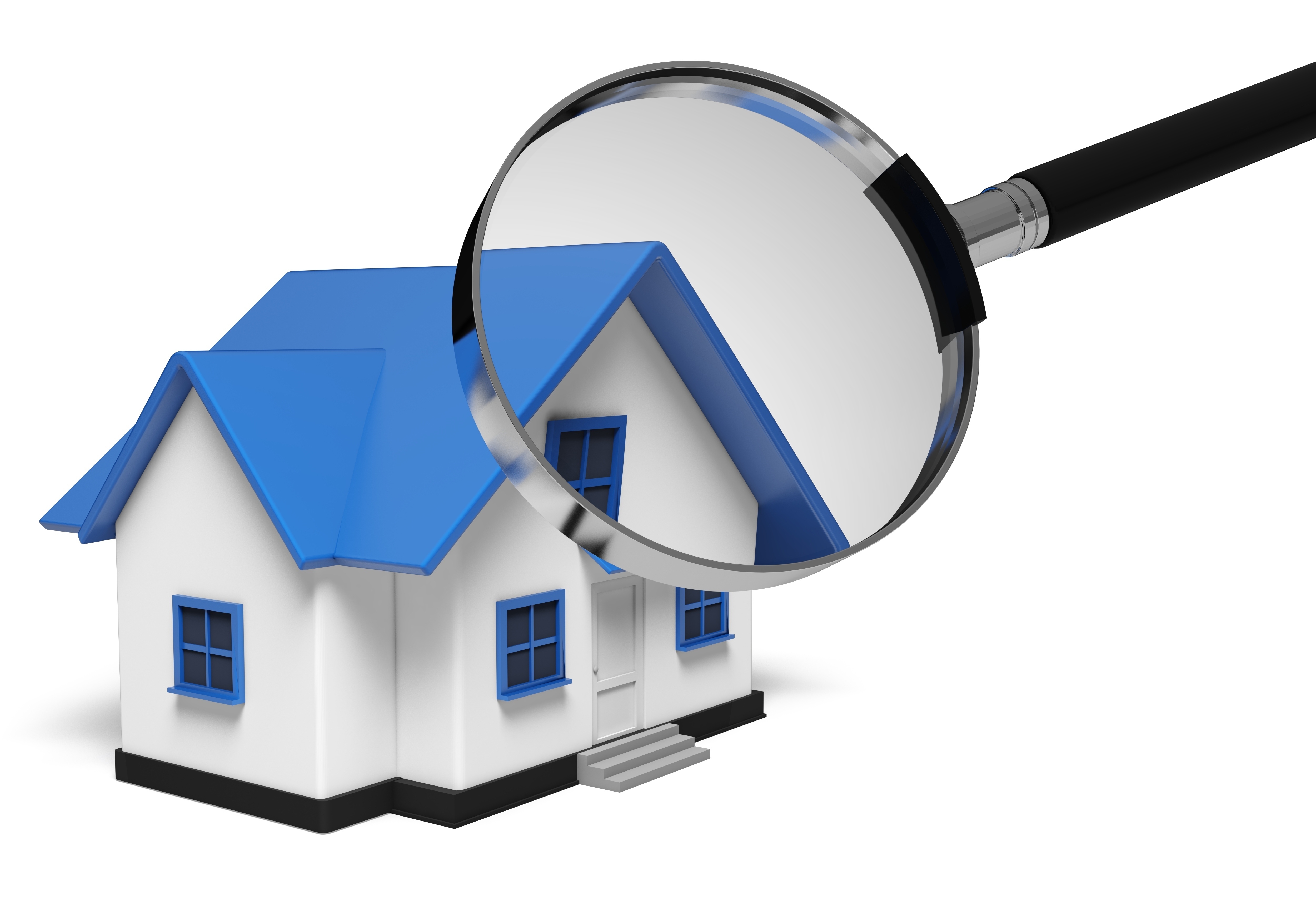
What Goes Into an Appraisal?A home purchase can be the most important transaction many will ever encounter. Whether it's a main residence, a second vacation property or a rental fixer upper, purchasing real property is a complex financial transaction that requires multiple parties to make it all happen. Practically all the parties participating are very familiar. The most recognizable face in the transaction is the real estate agent. Next, the lender provides the financial capital required to finance the exchange. And ensuring all requirements of the sale are completed and that the title is clear to pass to the buyer from the seller is the title company. So, who makes sure the value of the property is consistent with the amount being paid? In comes the appraiser. We provide an unbiased estimate of what a buyer could expect to pay — or a seller receive — for a parcel of real estate, where both buyer and seller are informed parties. A licensed, certified, professional appraiser from Sally Vanderveren will ensure, you as an interested party, are informed. Appraisals begin with the property inspectionOur first duty at Sally Vanderveren is to inspect the property to ascertain its true status. We must see aspects of the property first hand, such as the number of bedrooms and bathrooms, the location, living areas, etc, to ensure they really are present and are in the condition a typical person would expect them to be. To ensure the stated size of the property has not been misrepresented and illustrate the layout of the home, the inspection often includes creating a sketch of the floorplan. Most importantly, we identify any obvious amenities - or defects - that would have an impact on the value of the property. Once the site has been inspected, we use two or three approaches to determining the value of real property: sales comparison and, in the case of a rental property, an income approach. 
Cost ApproachThis is where we pull information on local building costs, the cost of labor and other elements to calculate how much it would cost to replace the property being appraised. This estimate often sets the upper limit on what a property would sell for. It's also the least used predictor of value. 
Sales ComparisonAppraisers get to know the neighborhoods in which they appraise. They thoroughly understand the value of particular features to the residents of that area. Then, the appraiser looks up recent sales in the area and finds properties which are 'comparable' to the home at hand. Using knowledge of the value of certain items such as fireplaces, room layout, appliance upgrades, extra bathrooms or bedrooms, or quality of construction, we adjust the comparable properties so that they are more accurately in line with the features of subject property.
An opinion of what the subject might sell for can only be determined once all differences between the comps and the subject have been evaluated. When it comes to associating a value with features of homes in Suamico and Brown, Sally Vanderveren can't be beat. The sales comparison approach to value is typically awarded the most consideration when an appraisal is for a real estate purchase. Valuation Using the Income ApproachA third way of valuing approach to value is sometimes employed when an area has a reasonable number of rental properties. In this situation, the amount of revenue the property yields is taken into consideration along with other rents in the area for comparable properties to determine the current value. Putting It All TogetherExamining the data from all applicable approaches, the appraiser is then ready to stipulate an estimated market value for the subject property. Note: While this amount is probably the strongest indication of what a property is worth, it may not be the price at which the property closes. Depending on the individual circumstances of the buyer or seller, their level of urgency or a buyer's desire for that exact property, the closing price of a home can always be driven up or down.Regardless, the appraised value is typically used as a guideline for lenders who don't want to loan a buyer more money than the property is actually worth. It all comes down to this, an appraiser from Sally Vanderveren will help you attain the most fair and balanced property value, so you can make profitable real estate decisions. |